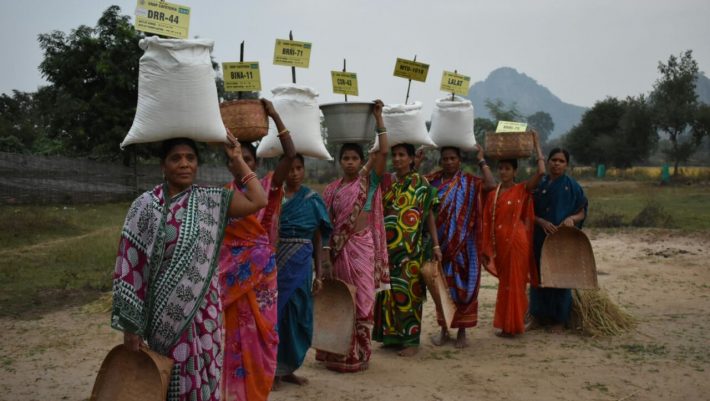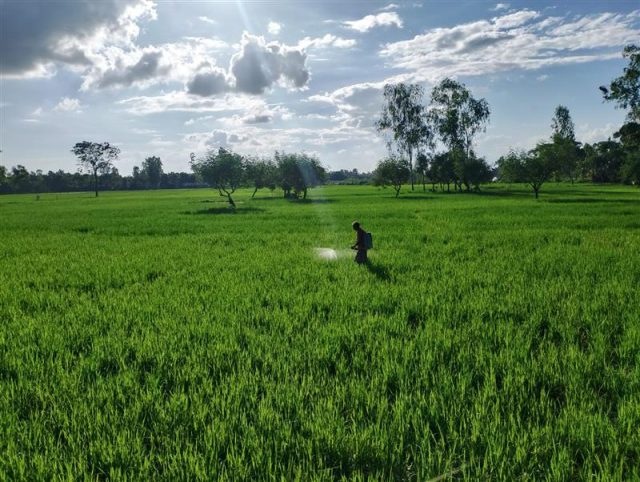Pathways and determinants of sustainable energy use for rice farms in India
- From
-
Published on
14.06.23
- Impact Area

In the North-western Indo-Gangetic Plain (IGP) of India, long-standing policies of providing highly subsidized nitrogen fertilizer and electricity for irrigation to farmers have incentivized the excessive use of fertilizer and water for rice production. However, these additional inputs do not always result in a corresponding increase in yield. Such excessive resource use not only results in low resource use efficiency and a high carbon footprint but also creates multiple environmental sustainability issues.
Rice plays a critical role in maintaining food security in India, accounting for over a quarter of the country’s total calorie intake. The Green Revolution of the 1960s transformed India’s rice production landscape through the adoption of high-yielding varieties, greater input use, and the expansion of irrigation and mechanization.
However, rice cultivation is an energy-intensive process, requiring greater inputs compared to other cereal crops. This is due to the intensive puddling and tillage practices in rice paddies, as well as the higher use of agrochemicals. The energy inputs for rice production come from various sources, including diesel-powered tractors for preparatory tillage and puddling, diesel or electric pumps for irrigation, and the use of fertilizers.
On average, 6.4 MJ of energy is required to produce 1.0 kg of rice, with the majority of energy input attributed to irrigation and fertilizer use.
Related news
-

Reinventing Kenya’s Snack Future with Dryland Grains
International Crops Research Institute for the Semi-Arid Tropics (ICRISAT)21.11.25-
Nutrition
-
Poverty reduction, livelihoods & jobs
Faces of Impact - Video Feature Story On a quiet backstreet in Mihango, Kenya, the…
Read more -
-

Growing knowledge, growing impact: How Alliance mentorship shapes emerging researchers
The Alliance of Bioversity International and the International Center for Tropical Agriculture (CIAT)20.11.25-
Environmental health & biodiversity
-
Nutrition, health & food security
Through hands-on research, mentorship, and collaboration, the PISA unit is helping emerging scientis…
Read more -
-

Cultivating climate-smart rice: How specific cultivars and smarter fertilizing can cut emissions and maintain yield
International Rice Research Institute (IRRI)19.11.25-
Climate adaptation & mitigation
-
Food security
By Bushra Humaira Sadaf A team of researchers from the Bangladesh Rice Research Institute (BRRI), I…
Read more -
